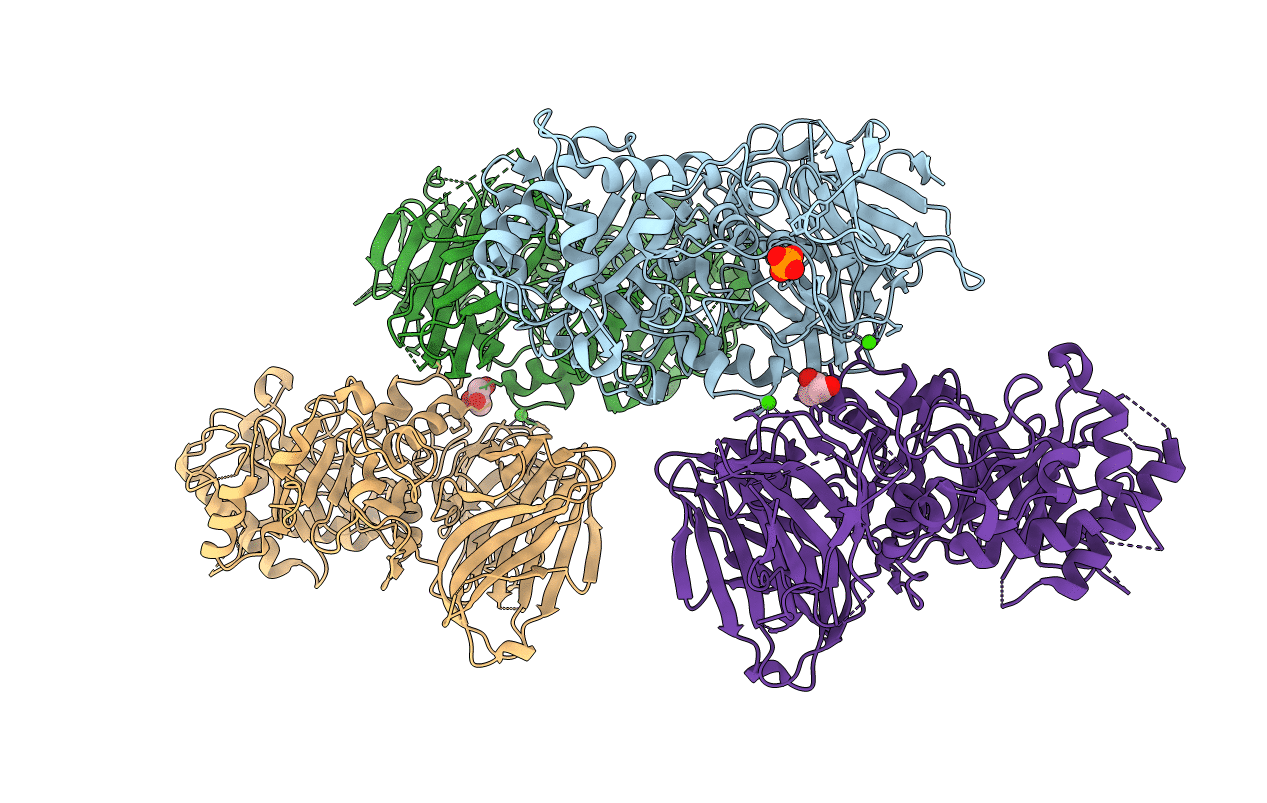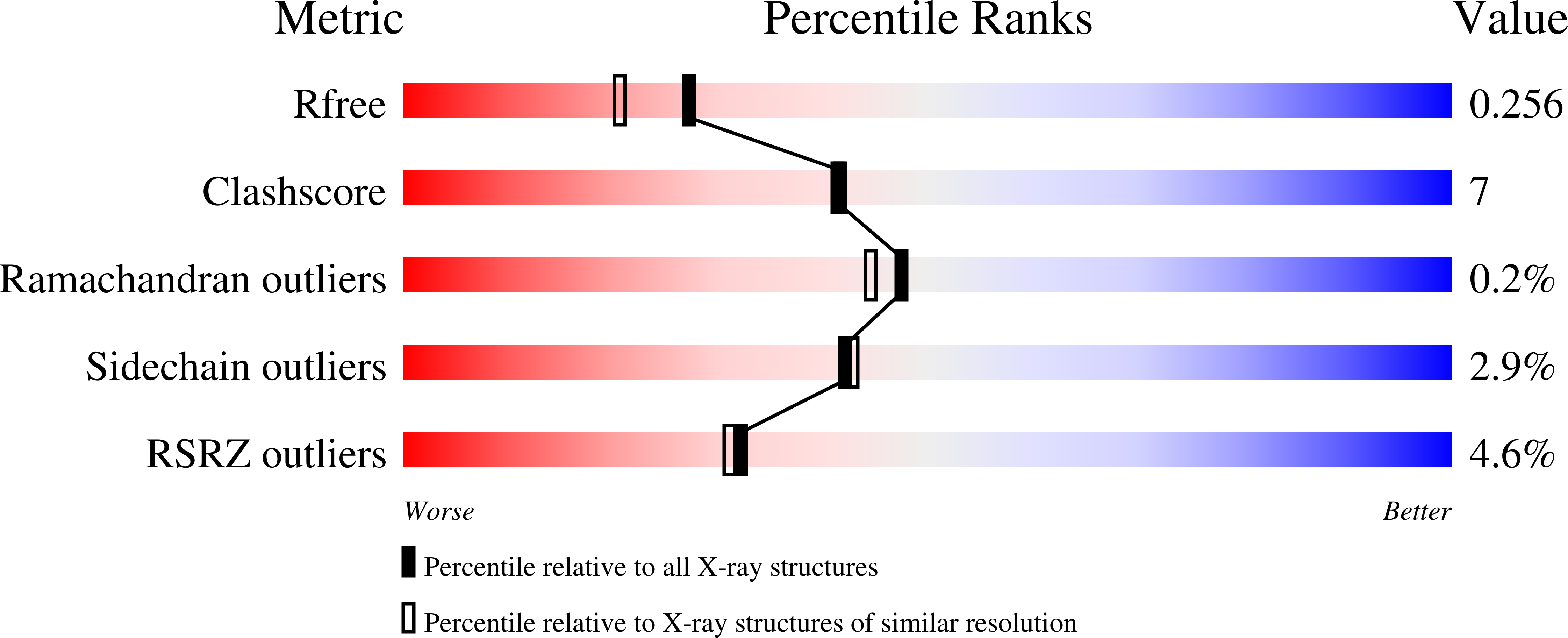
Deposition Date
2008-12-09
Release Date
2009-04-28
Last Version Date
2024-05-29
Entry Detail
Biological Source:
Source Organism:
Arthrobacter protophormiae (Taxon ID: 37930)
Host Organism:
Method Details:
Experimental Method:
Resolution:
2.00 Å
R-Value Free:
0.25
R-Value Work:
0.20
R-Value Observed:
0.20
Space Group:
P 1


